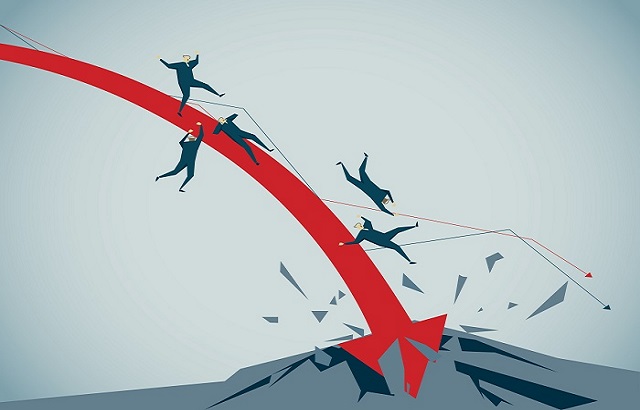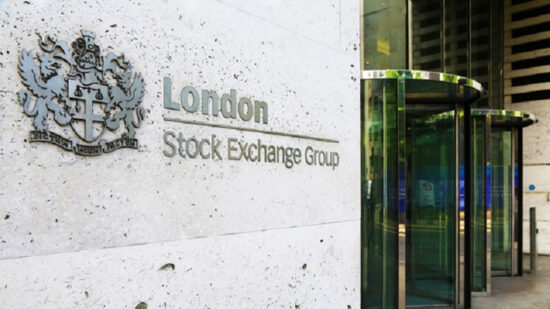The latest gross domestic product (GDP) figures for the UK show that, in the second quarter of 2020, the economy shrank by 20.4%.
After contracting by 2.2% in the first quester of the year, the country is officially in recession.
Although this may come as no surprise, considering the deep effects of the coronavirus outbreak and lockdown measures, this is one of the deepest recessions the UK has ever experienced, with AJ Bell’s personal finance analyst Laura Suter deeming it the “largest ever”.
“The figure for June is key, as we all knew that lockdown measures would have a big impact on the economy but what we still don’t know is how quickly the UK will rebound,” she added.
“Figures showing GDP growth of 8.7% in June are encouraging – albeit this is coming from a very low base after the falls in May, and still sits far below the pre-covid figures from February.
“But July figures are expected to be more positive still, as more businesses re-opened and people emerged from their houses to start spending.
“A second wave of the virus will hamper any rebound, as will the effect of some of the localised shutdowns we’ve seen in recent weeks,” Suter said.
The alphabet is the limit
As figures for Q3 show signs of growth, many people in the sector have been speculating about what shape the recovery curve will take, whether that is a V, W, J or a more unusual trajectory.
“The much-talked-about V-shaped recovery of the UK economy relies on no second lockdown and also on UK trade talks being successful – presenting two large uncertainties,” Suter said.
But, at this point, does the shape of the curve matter at all?
Chris Beckett, head of equity research at Quilter Cheviot, told International Adviser that, in a way, it still does as different economies will have different shaped recoveries.
“It is now clear that all major economies suffered a steep downturn due to covid restrictions on economic activity. Equity markets mirrored this in February/March falling sharply, with particular falls for those companies and sectors that require social interaction to operate.”
Weighing all the possibilities
While most people are hoping for a V-shaped recovery, as that would mean steady growth, others are worried that a second coronavirus wave could bring a W-shaped one, creating more instability and further economic dips.
“As is usual in downturns, equity markets recovered before actual economies,” Beckett said. “Investors are weighing up what they think will happen in the future not what is happening now.
“Some markets, including the US, enjoyed a full V–shaped recovery partly due to economic normalisation measures but also due to higher exposure to companies – technology, internet – that have been beneficiaries of the current situation.
“Other countries and markets have made partial recoveries either due to ongoing restrictions or overexposure to challenged sectors.
“There is still the possibility that this turns into a W–shaped recovery, but governments and central banks are doing everything they can to avoid this.
“A second downturn could be caused by a second covid wave requiring the reimposition of lockdowns and economic restrictions, or it could be caused by a second round of economic effects, as unemployment increases and aggregate demand in the economy falls.”
Curve-proof shield
But with knowledge comes hope, as up until March/April there wasn’t as much information available about the virus as there is now.
He continued: “Our view is that the largely V–shaped recovery from financial markets is a reasonable response. We now know far more about the pandemic and how it can be fought.
“However, there still is the risk of a second downturn – this is why the current European response to increased infections is so important – but overall, this is likely to have a localised rather than regional impact.”
But how can financial advisers best protect their clients, regardless of the shape of the recovery?
Beckett believes the answer is diversification.
“The best financial advisers help their clients take a long-term investment view,” he added. “This is especially important in the current environment.
“A well-diversified portfolio based on the client’s particular circumstances, biased to investments in companies with structural competitive advantages, is the best place for the current environment and longer-term recovery.”








